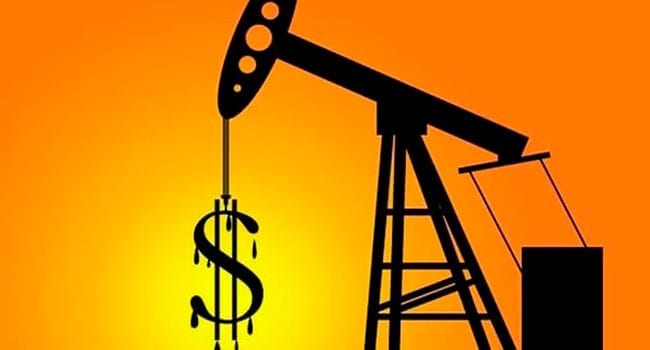By Elmira Aliakbari
and Ashley Stedman
The Fraser Institute
When Canada’s Federal Court of Appeal quashed the federal government’s approval of the Trans Mountain pipeline expansion project, citing inadequate consultation with First Nations and concerns over marine tanker traffic, it was the latest blow in a bad few months for Canada’s heavy oil producers.

Elmira
Aliakbari
Crude oil exports shipped by rail reached a record high and the depressed price for Canadian heavy crude got worse.
The circumstances create more reminders that Canada must build new pipelines.
Of course, there’s always been a price difference between Western Canada Select (WCS) and U.S. crude (West Texas Intermediate) due to transportation costs and difference in quality between the two products. Between 2009 and 2012, the price difference was roughly 13 per cent of the U.S. crude price.
But recently, this price difference has skyrocketed, reaching its widest gap in more than five years. According to Oil Sands Magazine, based on data from the first half of August, Canadian heavy crude traded for C$39.5 per barrel less than WTI, representing a striking 45 per cent price discount.

Ashley
Stedman
The recent elevated discount means Canadian heavy oil producers will lose an estimated $15.8 billion this year alone in foregone revenues compared to what other producers of similar products will receive. This estimated loss is approximately 0.7 per cent of our national gross domestic product.
What’s behind the widening price discount for Canadian heavy crude?
Simple: Canada’s lack of transportation capacity (i.e. pipelines) and restricted market access.
Despite growing oil production in recent years, Canada has been unable to build any major pipelines, resulting in significant excess production over transportation capacity. Due to several factors, including significant regulatory hurdles, TransCanada’s Energy East and Eastern Mainline projects were cancelled. And despite receiving the necessary regulatory approvals, the Keystone XL pipeline project continues to face delays.
And even after the government of Prime Minister Justin Trudeau was forced to nationalize Kinder Morgan’s Trans Mountain pipeline expansion, that plan is now in limbo after the Federal Court of Appeal decision.
In addition, maintenance downtime at refineries in the United States is exacerbating the price differential. For instance, a refinery in Whiting, Ind., is scheduled to go offline later this year. The shutdown of various U.S. oil refineries, which are the biggest customers for Canadian heavy crude, will reduce demand for that oil and thereby widen the price gap.
Without adequate access to pipelines, there has been a shift to more crude shipped by rail, which is a higher-cost mode of transportation. According to recent National Energy Board data, rail-deliver crude exports reached a record high in June at 205,000 barrels per day. And that number is expected to rise amid the pipeline shortage. This represents an 87 per cent increase in oil exports by rail compared to June 2017.
Ultimately, higher rail rates to ship crude mean Canadian oil producers must absorb higher costs, leading to less money flowing into the economy, less revenue for governments to pay for health care, education and other services, and potentially fewer jobs for Canadians.
And rail transportation is also less safe. In fact, pipelines are 2.5 times less likely to experience an oil spill than rail transport.
The steep price discount for Canadian heavy crude, and therefore the lost revenues, will remain until new pipeline capacity comes online.
Federal and provincial policy-makers must take concrete action to get pipelines built quickly for the benefit of Canadians and the economy overall.
Elmira Aliakbari is associate director of natural resource studies and Ashley Stedman is a senior policy analyst at the Fraser Institute.
The views, opinions and positions expressed by columnists and contributors are the author’s alone. They do not inherently or expressly reflect the views, opinions and/or positions of our publication.


